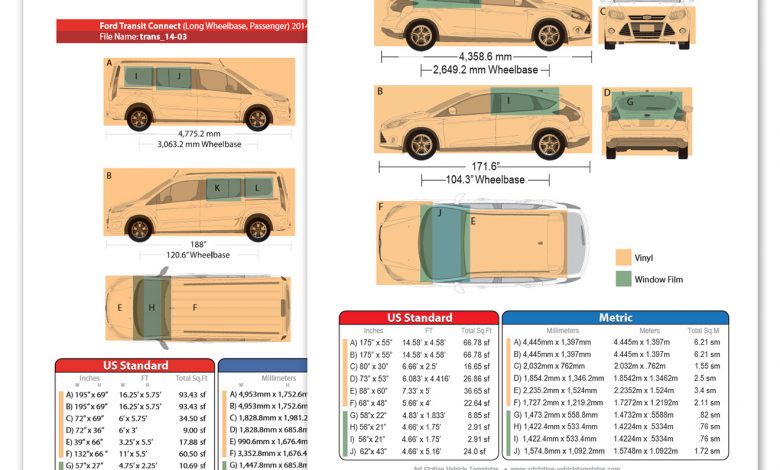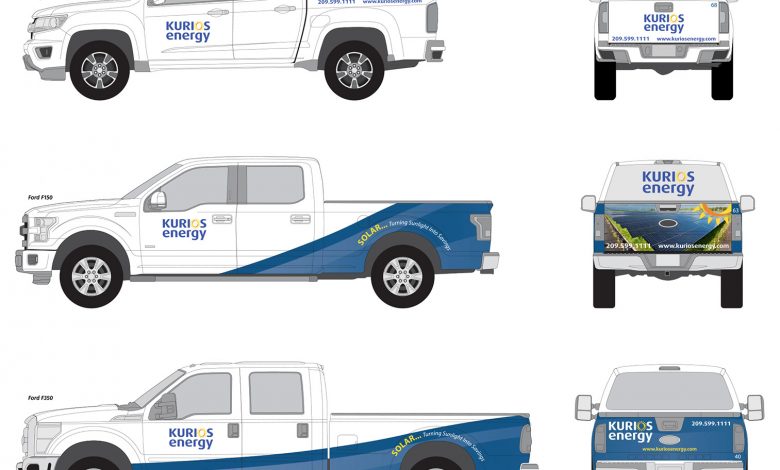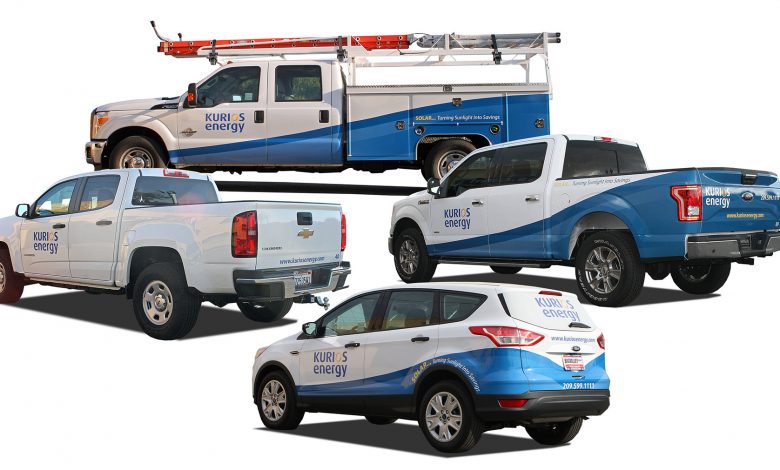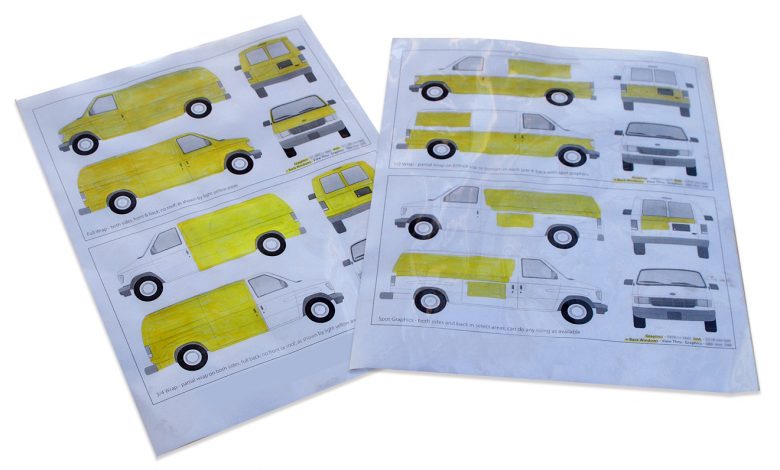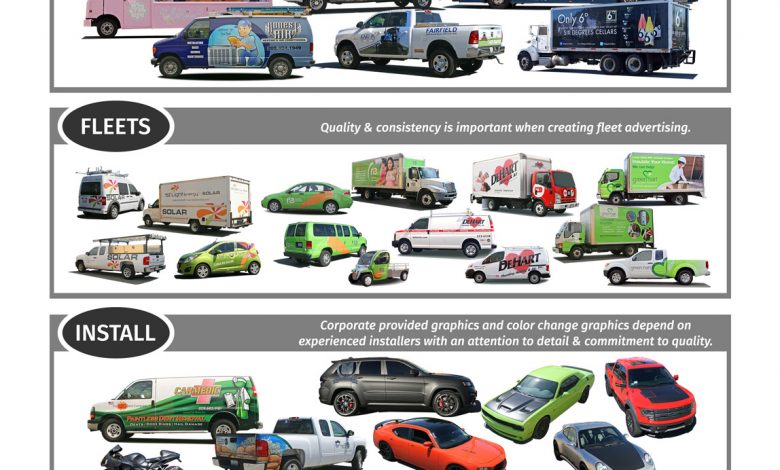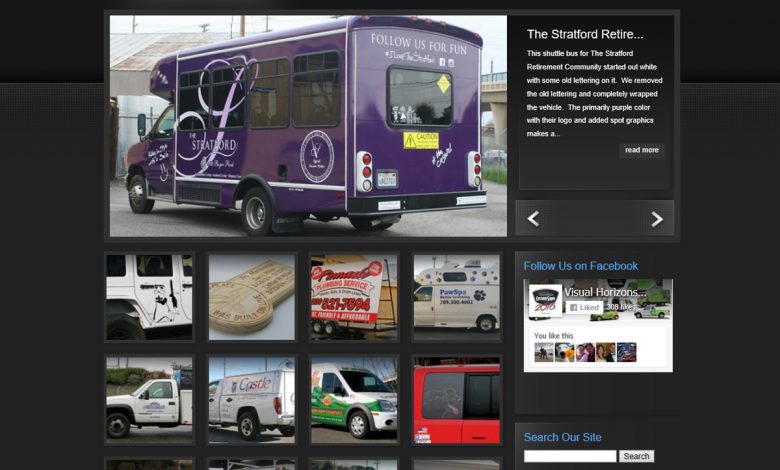Let’s Talk Shop: Wrap Estimation Shortcuts
Tips to streamline the quote process
Estimating a vehicle wrap involves more than just making a sale. Giving a quote is a process that involves educating the customer and creating a relationship with them.
So how do you do this without spending too much time at the front counter? How do you speed up the process before, during and after the customer has come into your shop?
Be Prepared
Being prepared to sell vehicle wraps before the customer even enters your shop is important. Employees who are confident in their knowledge will be better prepared to make an accurate sale. They will also naturally provide the information quicker.
So how do you instill this confidence in your employees? Provide them with the right tools, create set pricing and collaborate on information gathered through experience.
Tools
Organization is helpful throughout your shop, and the front counter is no exception. Keeping clipboards with worksheets, tape measures and a digital camera at the counter gets you started. Beyond these simple tools you should also consider a handy checklist for wrap sales that prompts the right questions to ask.
Pre-printed vehicle templates and access to template software is also a big plus at the front counter. Art Station Vehicle Templates are a great option for printable templates that allow you to jot measurements, notes and quick sketches. They also offer their Wrap Dimensions Guide that has an assortment of common vehicles with the dimensions of different parts of the vehicle already pre-figured for you.
Pricing
Also, before the customer comes into your shop you should have your square footage pricing for wraps already figured out. You may use a pricing software, that you’ve inputted your price per square foot into, or you have the per square foot pricing determined for your shop and you figure the total wrap square footage out long hand.
Be sure your employees are familiar with either the software or long hand options. At our shop we offer a pricing range. The more square footage, the cheaper the price per square foot. Before our employees work with the customer this range of pricing and how to properly figure square footage was explained and practiced until they felt confident.
Experience
My husband does a lot of our customer service and outside sales and will often figure out the square footage of a wrap and the pricing for the graphics. When it comes to installation though he will typically meet with either myself or one our other installers to see how long we think the installation might take. Over time he’s able to get a pretty good idea of how long similar vehicles will take, but working together to share knowledge helps us be more accurate and quicker in our pricing.
As part of our wrap sales training I’ll often ask our staff how long they think an install will take and we’ll quickly break it down to see where we’re getting that time frame. For example: 30 minutes to clean, 20 minutes to tape up and measure, 90 minutes to install a side and trim, etc. Each vehicle is different but learning to break the process down in your head helps you to estimate time quicker, and more accurately.
So now your shop is prepped with the right tools and your employees have experience and are trained on pricing and installation estimation; how do you speed up the wrap estimation process once the customer walks in the door?
By asking the right questions.
Questions
The first thing we find ourselves doing is asking the customer a lot of questions.
- Coverage?-How much of the vehicle are you wanting to cover?
- Goals?-What are you hoping to accomplish with the wrap? Selling a specific product (we would then plan to showcase the product) or pushing a particular service? Or, is the customer looking for a simple, professional design that creates brand recognition across a fleet of vehicles?
- Fleet Wrap?-If it is a fleet then there are additional questions-how many vehicles in the fleet? Are you wanting to change the design up for different types of vehicles within the fleet? Do you have a set budget across the fleet or for particular vehicles?
- Budget?-We ask on every wrap if the customer already has a price in mind because this very quickly dictates coverage. Usually the customer says ‘no’ at first but with further information gathering we quickly narrow down the price range.
Those are just our initial questions to get started in the right direction; many more questions will come up throughout the process. Asking questions, and listening to the answers, are what help build that relationship with the customer. You become a partner in accomplishing their goals. Showing interest in what the customer is trying to accomplish and backing up the rapport you’re creating with your knowledge and experience is what earns you the sale; not cheap pricing.
Coverage Example
Quoting a wrap isn’t the same as quoting a simple plastic sign or throwing out the price for a banner. There are many more steps involved in the process. Care should be taken as these steps can get away from you time-wise, and if you’re not careful you can end up wasting a lot of time at the front counter.
So while you’re asking all those initial questions from the customer also look for indicators about how serious they are to get their vehicle wrapped. Some customers walk in ready to get it done while others are in the early information gathering stage.
No matter what stage the customer is at you still want to build that rapport so the customer does go with you when they’re ready. We still ask the questions and offer suggestions but we’ll often start out with some examples of common vehicles that show coverage examples with pricing.
This quickly helps us show the customer pricing for different coverage options. We don’t waste a lot of time pulling up custom templates or necessarily pricing out their vehicle if they aren’t even sure a wrap is the right thing for them.
Sometimes by doing this we show the customer that they do in fact have options beyond a full wrap. Some people think that to wrap their vehicle they have to cover the whole car. By showing samples they see that they can also do spot graphics or partial wraps that may be just as effective for them while remaining on budget. Lobby displays and pointing out samples of our work on our website demonstrate both options as well as our capabilities.
They may also conclude that a wrap is more cost effective than what they were expecting and may be more prepared to move forward. At this point we would review their vehicle in particular and start gathering measurements and notes to give them an estimate.
Additional Fact Gathering
Usually we try to gather information and quote the customer’s wrap while they are at our shop. Sometimes, however, a project will come in that requires additional fact gathering or a little work in the computer before we can accurately quote the job.
Before the customer has left the shop we’ve asked our questions and built a bit of a rapport, but it’s okay to get back to the customer if you feel you need to. We’ll get their contact information and still try to call or email them within 24 hours. If we email a quote we also follow up with a phone call to be sure they’ve received it and to encourage them to call us with any questions.
A common instance for us to get back to the customer is if we need to do a little work in the computer to figure out square footage to fit a budget. The customer may want to send us their logo or additional information that we need to quote the job. Or the customer has a fleet of vehicles and we need to figure out how to offer coverage across the fleet while staying within a budget.
Usually this means we pull up a template of their vehicle(s) and then lay boxes that represent graphics on the template. We’ll figure out the total square footage of the boxes, plus installation, to determine the price of the wrap(s).
